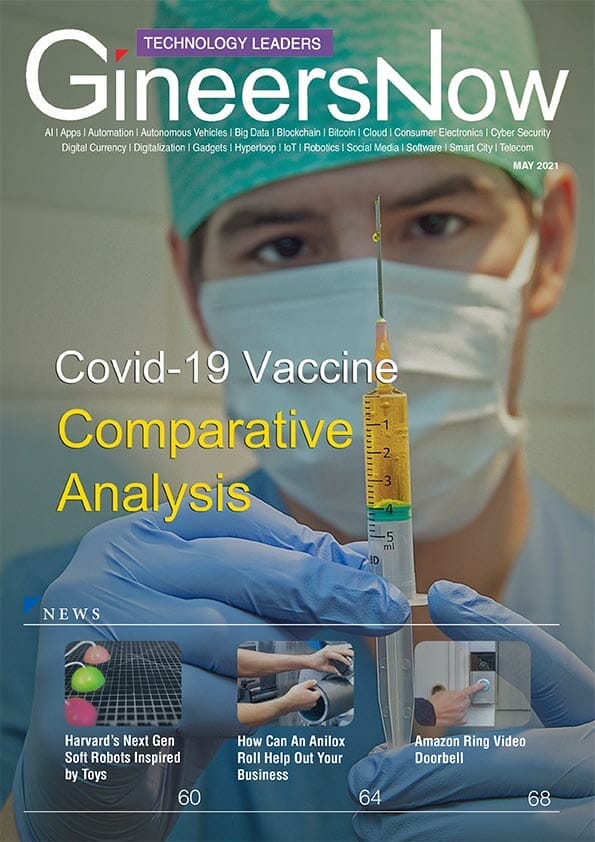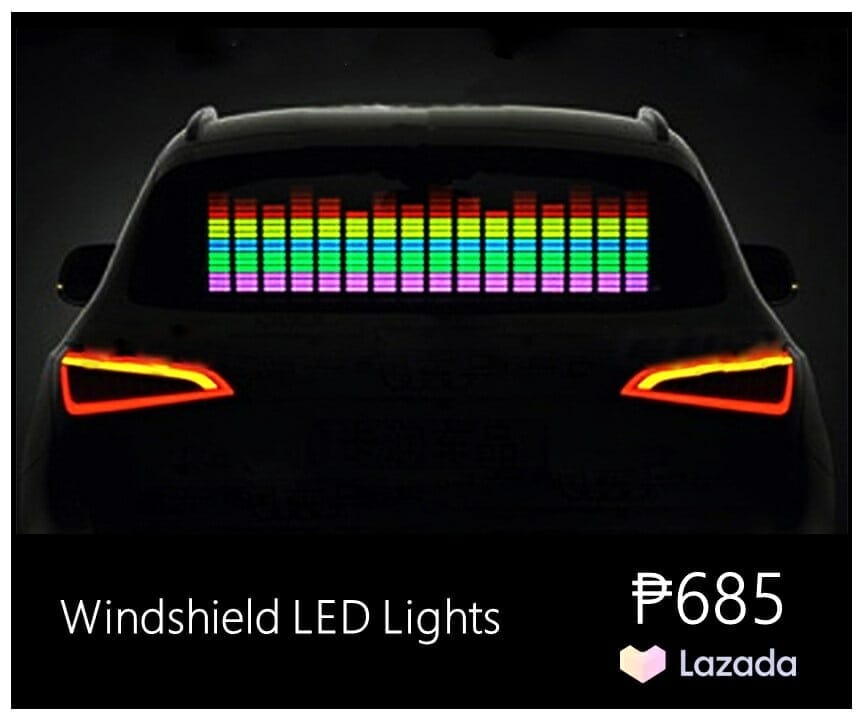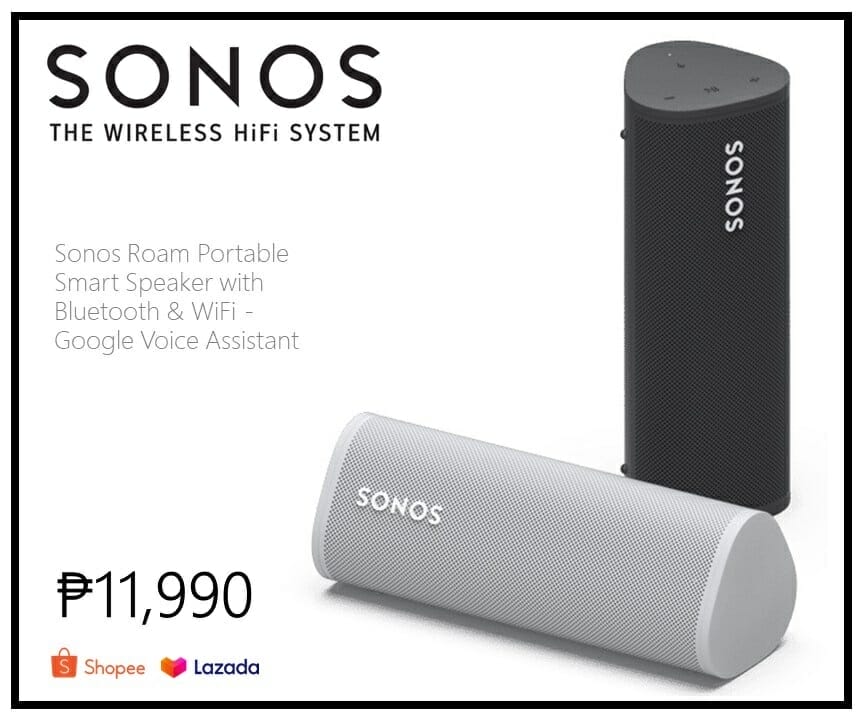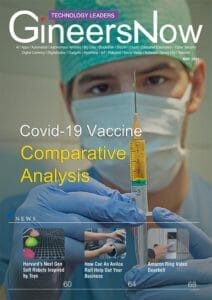Comparative Analysis of Covid-19 Vaccine Technologies
For COVID-19, there are more vaccine candidates in the process at the same time than there have ever been for an infectious disease. All of the candidates are attempting to accomplish the same goal: viral immunity, and some might even be able to avoid transmission.
Currently, there are several technologies used in the development of the vaccine. One is the mRNA used by Pfizer-BioNTech and Moderna. This vaccine technology, as its name implies, attaches a viral sequence to messenger RNA, a molecule that our cells use to hold DNA instructions for protein synthesis. This indicates that it only contains the virus’s genetic code, not a live virus. The immune system should be able to detect a foreign invader in the body based on this alone.
Read Rockwell Automation Special Report
Smart Manufacturing’s Most Important Enabler: Your workforce
Click here to view the full report
Another one is viral vector. This method employs a genetically engineered, non-infectious strain of a live virus that is distinct from the one that triggers COVID-19. When it reaches our bodies, it releases a spike antigen, which is a harmless virus that mimics SARS-CoV-2. As the body learns that the spike protein is a foreigner, it activates the immune system, which generates antibodies to kill the infection.
Some pharma companies also use inactivated SARS-CoV-2 virus and protein-based vaccines. To enhance our immune system, inactivated vaccines use a pathogen that has been engineered such that it cannot replicate. They’re harmless and they can’t get you sick. Booster doses, on the other hand, could be needed.
Protein-based subunit vaccines are made up of purified pieces of the pathogen that causes the infection, but they can’t cause COVID-19. They will, however, elicit an immune response in the host.
It’s important to understand your options for COVID-19 vaccines, particularly now that the country intends to purchase multiple forms from various manufacturers. Knowing how vaccines function will also grant people peace of mind, as immunization and a long-term response to the pandemic are finally in sight.















